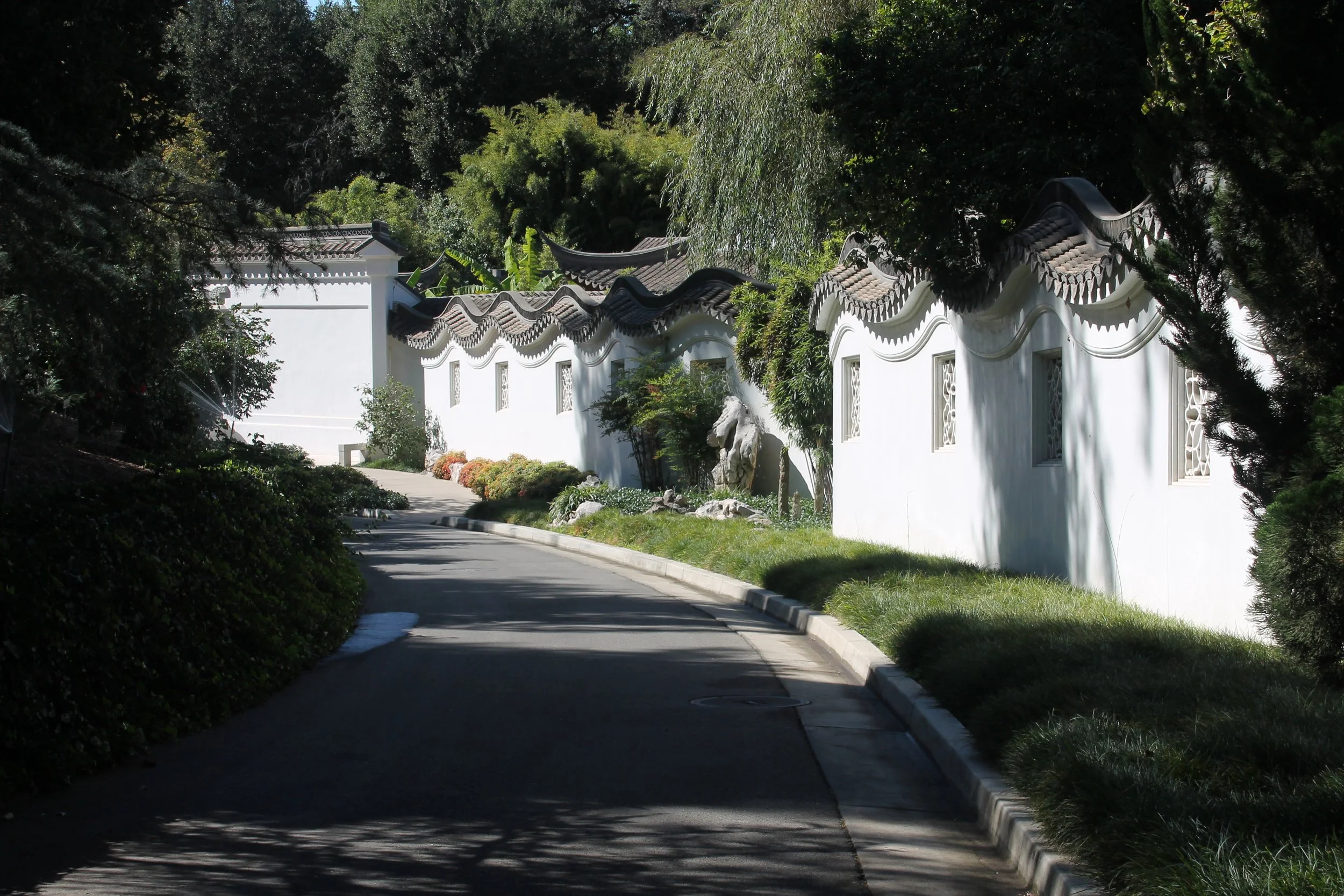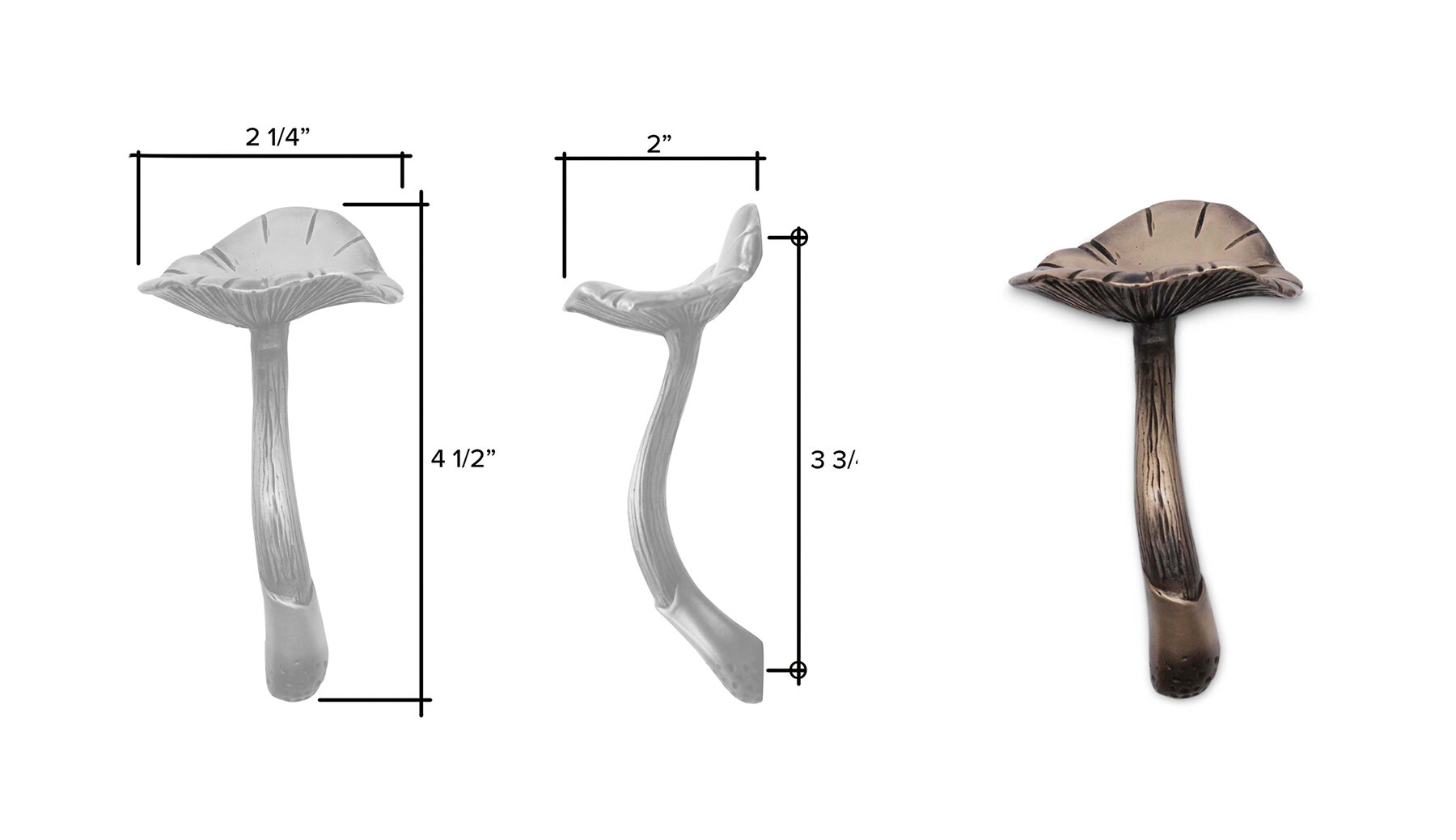In a previous post we described the initial stages of our new carp fish handle. The design, as is customary, began with 2 detailed drawings showing the face and profile of the new pull. The drawing was swiftly followed by a 3-dimensional pattern sculpted by Martin Pierce in high density foam. Once the pattern was complete, we assessed how best to gate the piece to ensure that molten bronze would flow easily and fill all parts of the “shelled” fish. In this context shell refers to the investment method of casting and describes how wax replicas of the pattern are encased in a strong silicon slurry that when auto-claved leaves a void that is filled with molten metal ( see Anatomy of a bronze door handle)
The fish castings can be used as either left or right facing door pulls as the direction is determined by the mounting posts that are machined and welded to either side of the piece. They can also be used as back-to-back door pulls on glass doors making them perfect for fish themed restaurants.
The first castings were in bronze and have now been patinaed by immersion into selenious acid a chemical that oxidizes the bronze turning it black (see Making a door handle black)
Once immersed the castings when dry were strategically burnished to re-expose the raised areas leaving dark the scaled recessed sections. Using different chemicals, the same mottled pattern could be achieved in blue or green or in almost any color range through powder coating.
For ocean front properties where salt water has a corrosive impact the fish handle can be ordered in 316 marine grade steel.












































